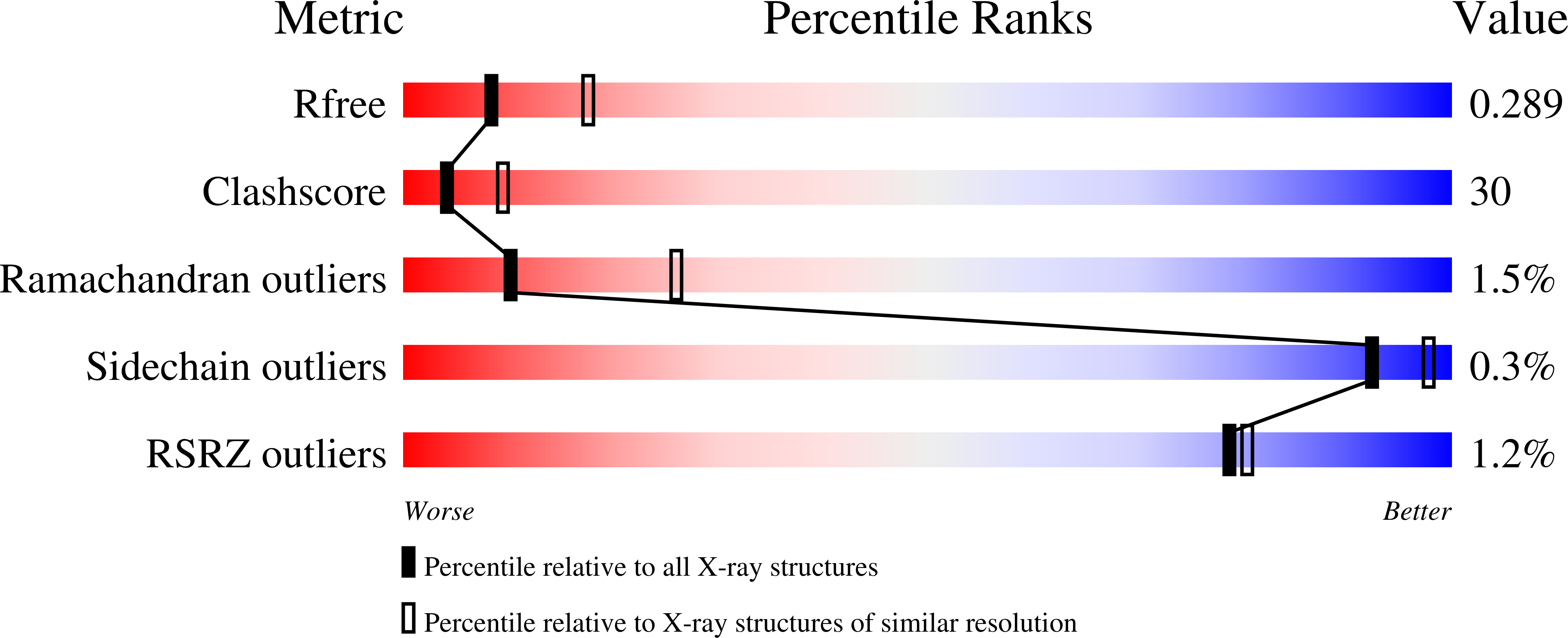
Deposition Date
2006-10-25
Release Date
2007-08-14
Last Version Date
2024-11-13
Entry Detail
Biological Source:
Source Organism:
Homo sapiens (Taxon ID: 9606)
Staphylococcus aureus subsp. aureus Mu50 (Taxon ID: 158878)
Staphylococcus aureus subsp. aureus Mu50 (Taxon ID: 158878)
Host Organism:
Method Details:
Experimental Method:
Resolution:
2.70 Å
R-Value Free:
0.28
R-Value Work:
0.29
R-Value Observed:
0.29
Space Group:
P 1 21 1


